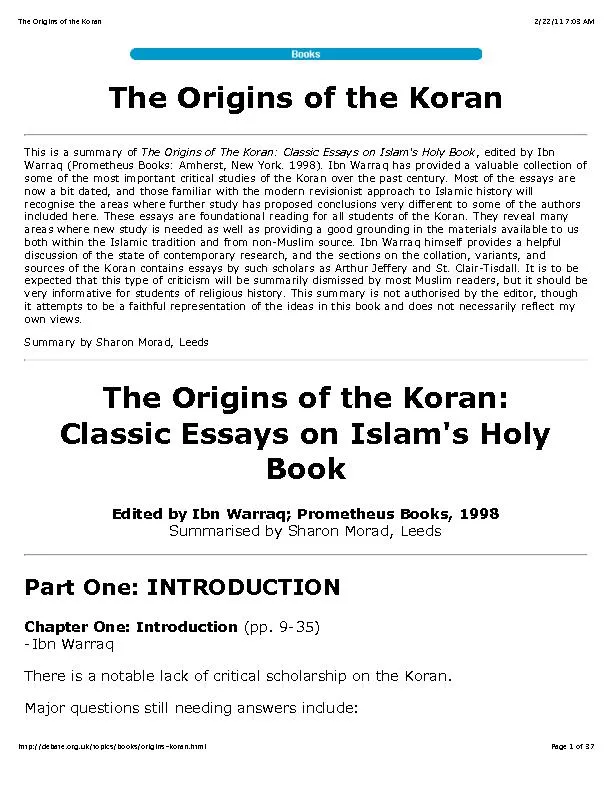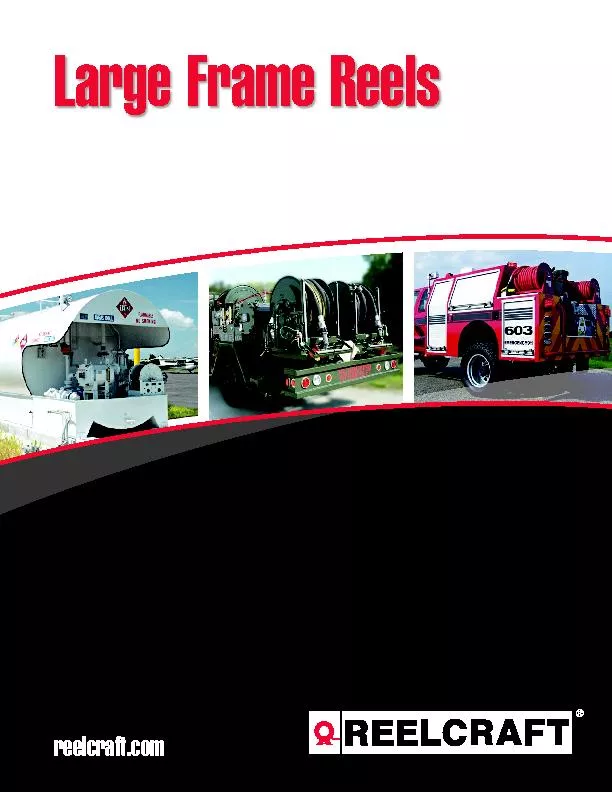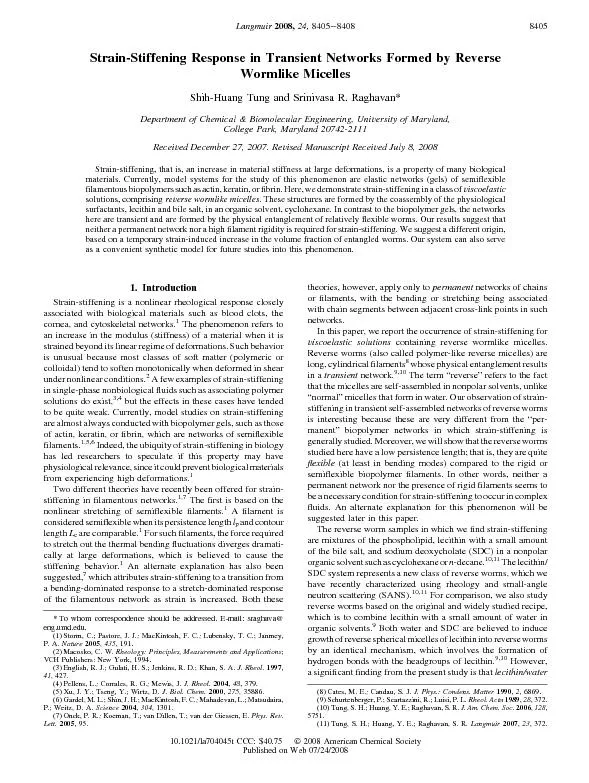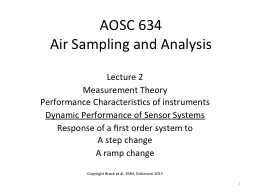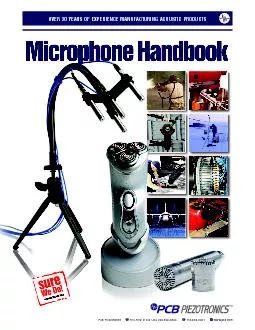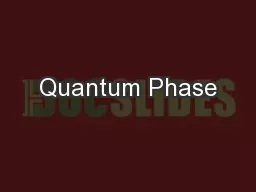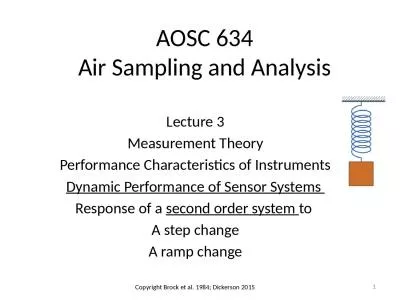PPT-AOSC 634
Author : alexa-scheidler | Published Date : 2016-03-01
Air Sampling and Analysis NO NOx and NOy analysis via Chemiluminescence See Clough an Thrush 1967 Fehsenfeld et al 1987 Copyright Brock et al 1984 Dickerson 2015
Presentation Embed Code
Download Presentation
Download Presentation The PPT/PDF document "AOSC 634" is the property of its rightful owner. Permission is granted to download and print the materials on this website for personal, non-commercial use only, and to display it on your personal computer provided you do not modify the materials and that you retain all copyright notices contained in the materials. By downloading content from our website, you accept the terms of this agreement.
AOSC 634: Transcript
Download Rules Of Document
"AOSC 634"The content belongs to its owner. You may download and print it for personal use, without modification, and keep all copyright notices. By downloading, you agree to these terms.
Related Documents

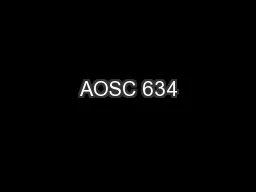
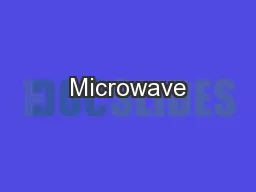
![62-$2+,8393*63*776&7*,*CSIFP\[K/]]I_`HHS[\X`K\WPHX[.[`YF[8FN_FH3[KHI4W](https://thumbs.docslides.com/356081/62-2-8393-63-776-7-csifp-k-i-hhs-x-k-wphx-yf-8fn.jpg)
